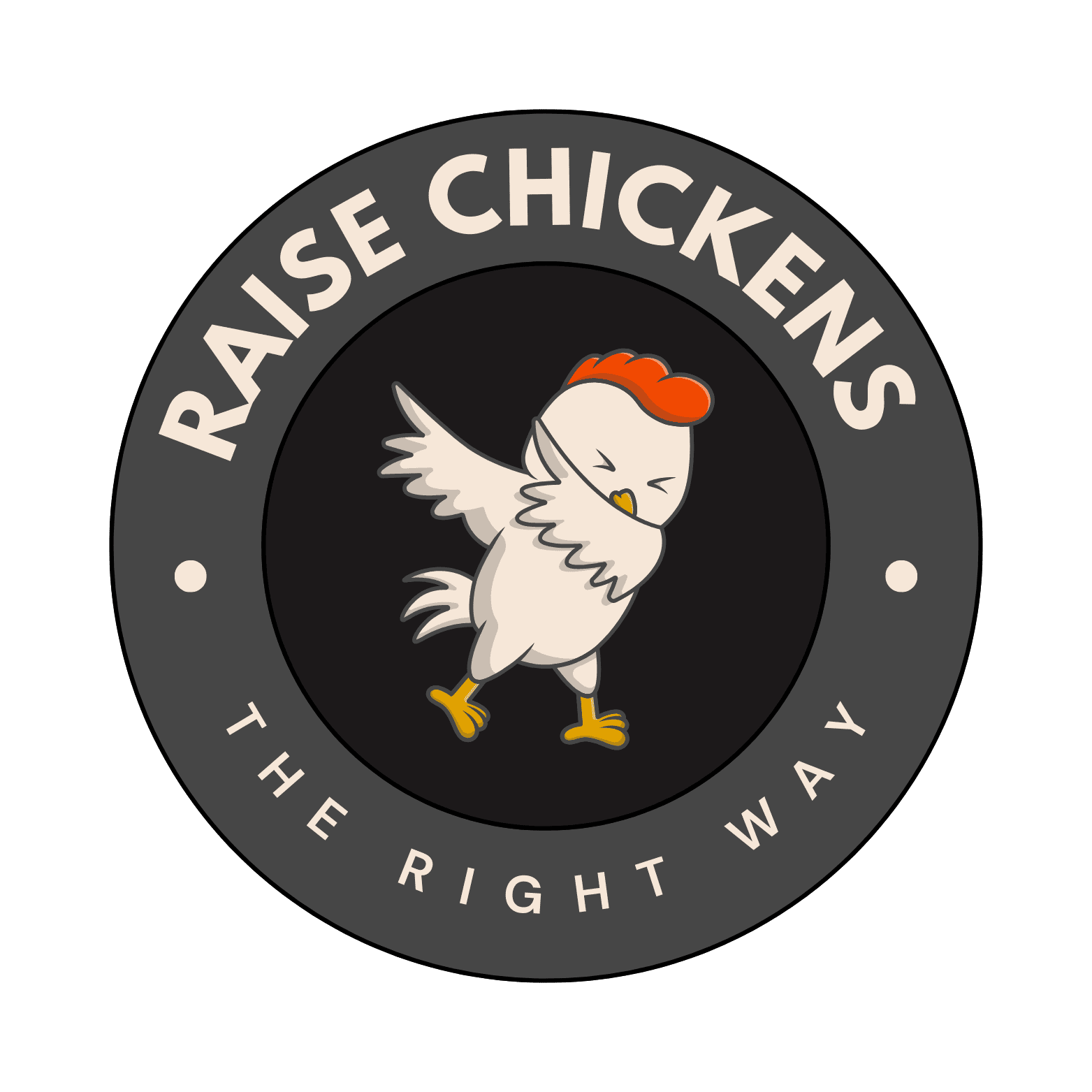Understanding Vitamin A Deficiency in Chickens: A Farmer’s Complete Guide
After spending over two decades raising chickens on my family farm, I’ve encountered my fair share of health issues in our feathered friends. Today, I want to share my experience with one of the most common yet overlooked problems: Vitamin A deficiency in chickens. I’ve seen this condition affect countless birds, and I’ll tell you exactly what to look for and how to handle it.
Spotting the Warning Signs
I’ll never forget the first time I noticed something wasn’t right with my flock. One morning, I saw several chickens stumbling around with swollen eyes, and that’s when I knew we had a problem. Vitamin A deficiency can sneak up on you, but there are clear signs if you know what to look for.
The most common symptoms I’ve observed include:
Why Vitamin A Matters for Your Chickens
Let me tell you why this vitamin is so crucial for your flock. Vitamin A plays a vital role in maintaining healthy vision, supporting immune function, and ensuring proper growth. I’ve learned through experience that it’s particularly important for egg production and the overall health of laying hens.
Common Causes of Deficiency
In my years of farming, I’ve noticed that Vitamin A deficiency typically occurs in flocks that are limited to basic grain diets. You see, while grains are great for energy, they’re usually lacking in this essential vitamin. Commercial feeds usually contain adequate amounts, but problems can arise when chickens are primarily fed:
White corn or other simple grains
Stored feeds that have degraded over time
Limited access to fresh greens
Poor quality commercial feed
Treatment and Prevention: What’s Worked for Me
When I first encountered this issue, I quickly learned that treatment isn’t just about throwing supplements at the problem. It’s about creating a comprehensive approach to your chickens’ nutrition. Here’s what I’ve found most effective:
Immediate Treatment Options
First things first – if you’re seeing symptoms, you’ll want to act quickly. I typically start with a Vitamin A supplement, which can be administered through drinking water or feed. But here’s a pro tip: I’ve found that cod liver oil is an excellent natural source of Vitamin A. Just a few drops per chicken can make a significant difference.
Long-term Prevention Strategies
In my experience, prevention is always better than cure. Here’s what’s worked best for my flock:
Natural Sources of Vitamin A
I’m a big believer in natural solutions, and over the years, I’ve identified several excellent sources of Vitamin A that chickens love. My flock goes crazy for fresh carrots, and they’re packed with beta-carotene, which converts to Vitamin A in their bodies. Dark leafy greens, pumpkins, and sweet potatoes are also fantastic options.
Special Considerations for Different Age Groups
Something I’ve noticed is that different age groups have varying needs when it comes to Vitamin A. Chicks are particularly vulnerable to deficiency, while laying hens need extra amounts to support egg production. I make sure to adjust
